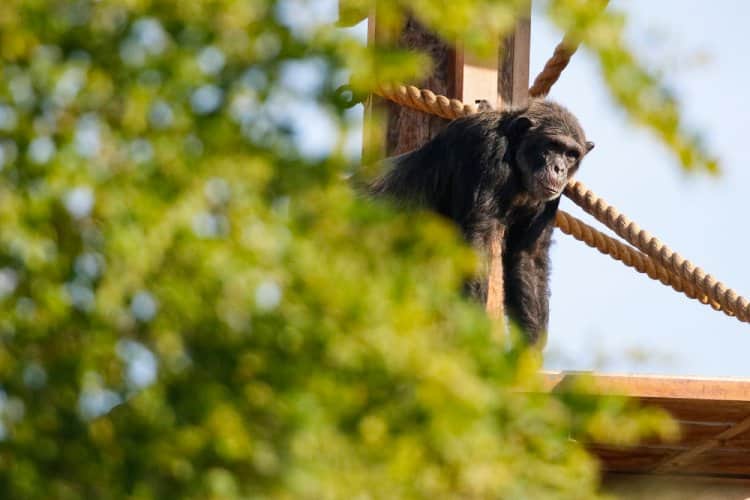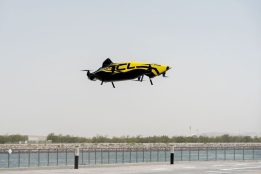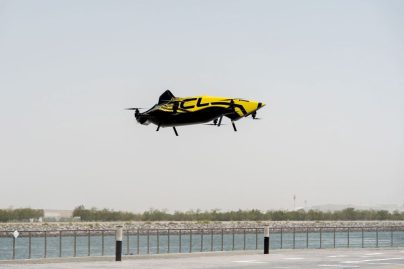Meet a 36-year-old Chimpanzee among other aged animals at Al Ain Zoo
Tue 13 Sep 2022
Al Ain: As part of its commitment to applying the highest standards and best practices in wildlife preservation and animal care, Al Ain Zoo has announced that on its 54-year journey, the ages of some of the oldest animals in its care have exceeded their normal life expectancy in the wild, including a 47-year-old lappet-faced vulture, a chimpanzee aged about 36 years old and a 34-year-old mugger crocodile. The longevity of these species has exceeded their life expectancy in their natural habitat by tens of years as they have been protected from overhunting and the inevitable urban sprawl they would face.
The Zoo has been able to nurture the rich variety of animals to which it is home, now numbering 4,000, by implementing state-of-the-art, fully tested and highly successful programs and strategies that adopt modern technologies in the processes of registration, monitoring, genetic studies, veterinary care and behavioural rehabilitation of abused animals.
It also used ZIMS zoo aquarium animal management software, which is considered one of the best global reliable sources of information on animals and their environments for zoos, aquaria and relevant organizations to serve animal management and accomplish conservation goals.
In addition, the Zoo utilizes advanced genetic conserving programs to maintain genetic integrity and ensure the preservation and sustainability of species, with the possibility of releasing some healthy offspring into the wild to help repopulation.
Highlighting the importance of adopting the latest technologies in the protection of wildlife, H.E. Ghanim Mubarak Al Hajeri, Director-General of the Zoo and Aquarium Public Institution in Al Ain, said: “We are living in the age of technology, and we must utilize it to the maximum in our work. The technologies we adopt have saved a tremendous amount of both effort and time and over the years have provided highly accurate results in monitoring and tracking animals, studying their behavioural patterns and keeping an eye on their health, while keeping up with many other technologies that in turn have supported our mission in protecting endangered species.
“Our technology-based strategies extend to all areas of wildlife in our care. From animal facial recognition to DNA analysis, physical and behavioural rehabilitation, and the collection of data to share with specialized global agencies to join forces in our quest for wildlife preservation, down to the most basic animal calming techniques that, with the use of modern technology, become more efficient and safer. It all contributes to improving the quality of life of animals and adds to our ability to preserve wildlife”, H.E. added.

 Apr 26 2024
Apr 26 2024













